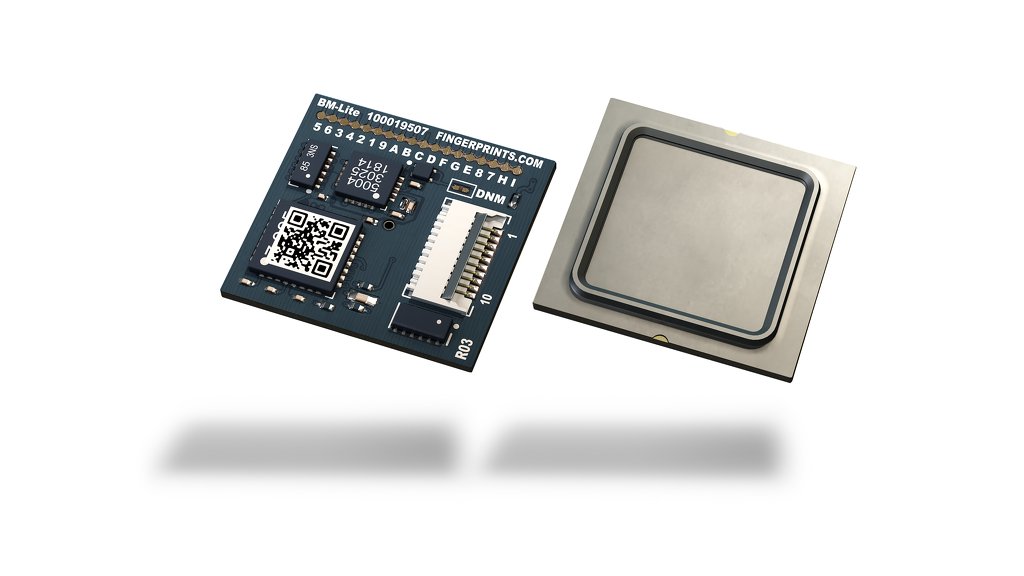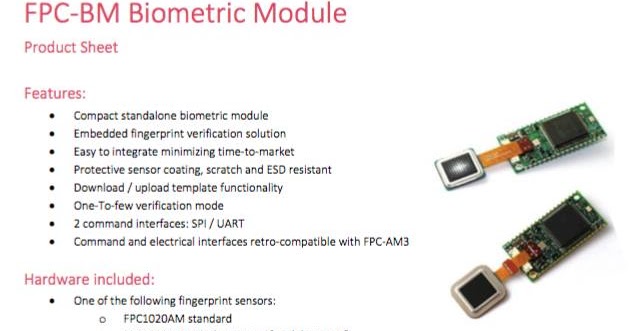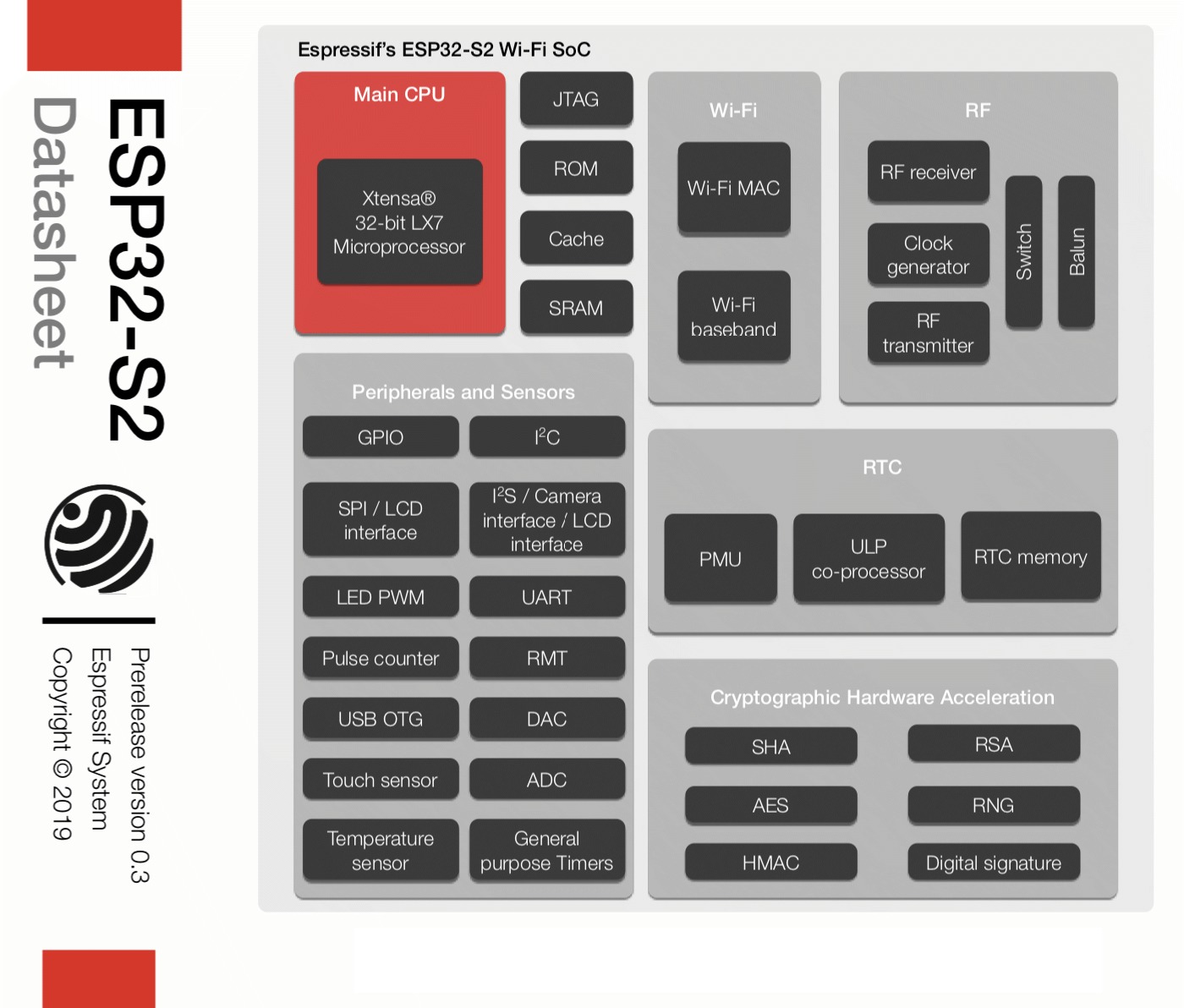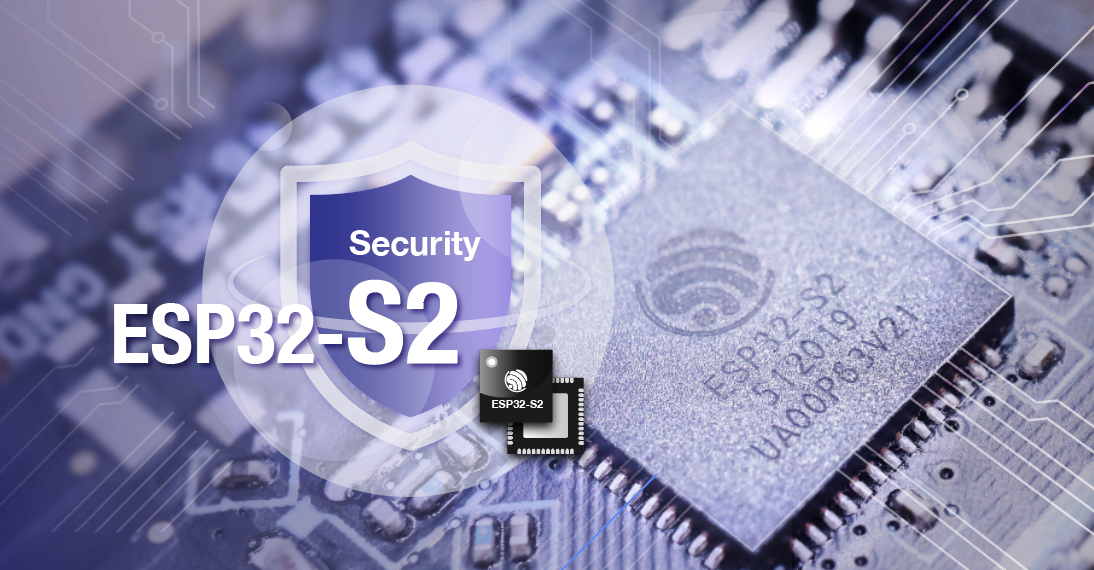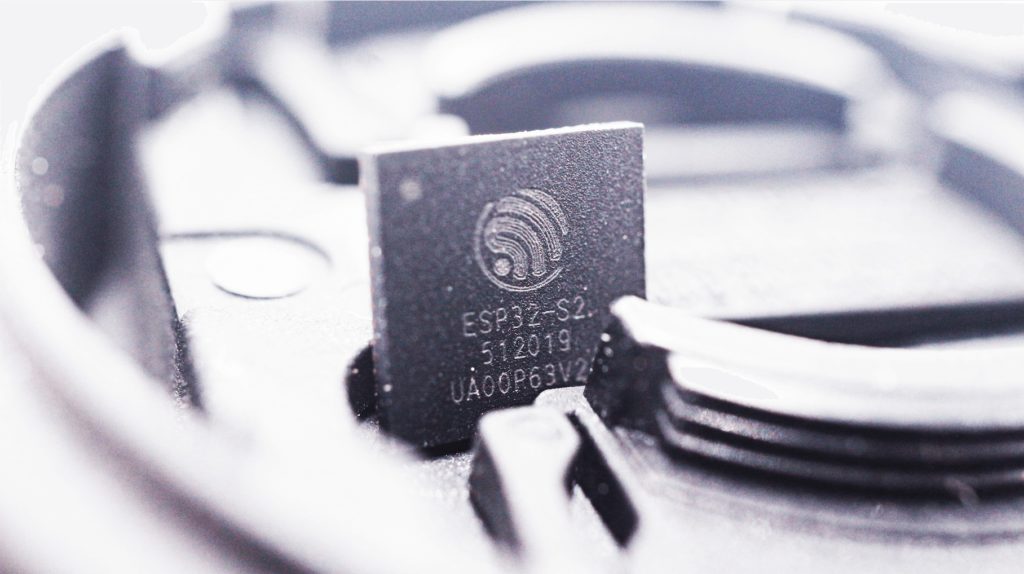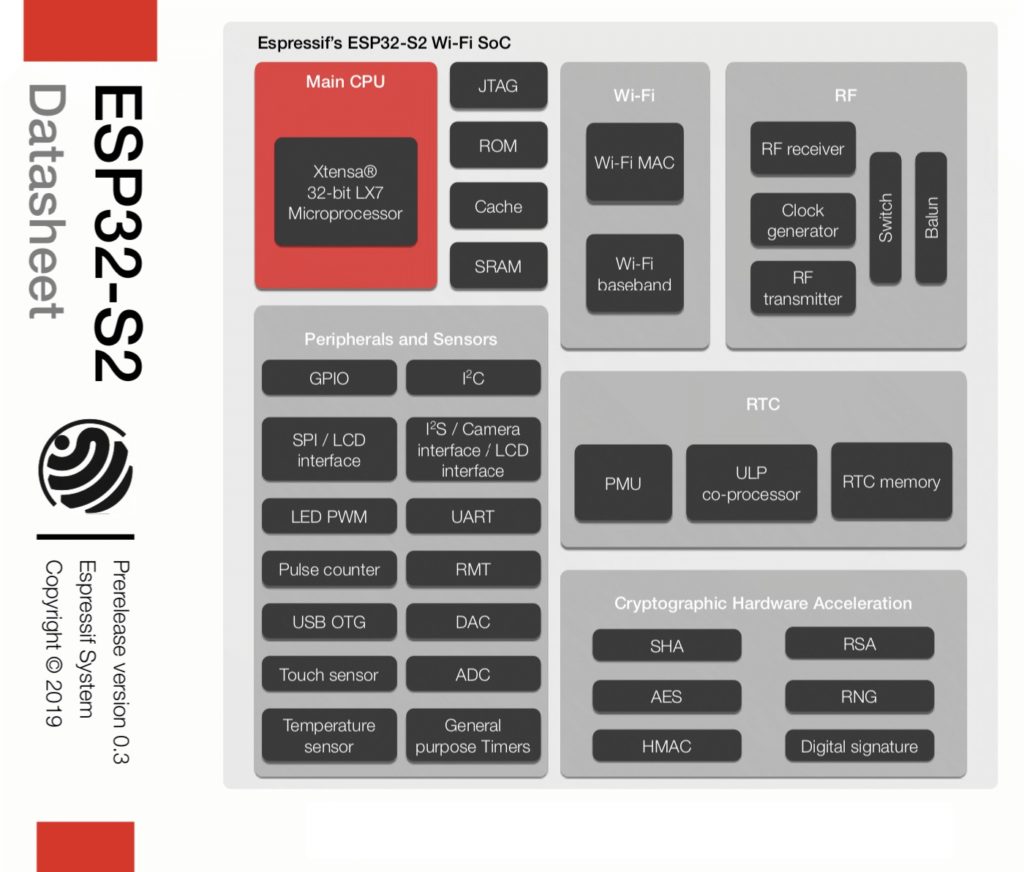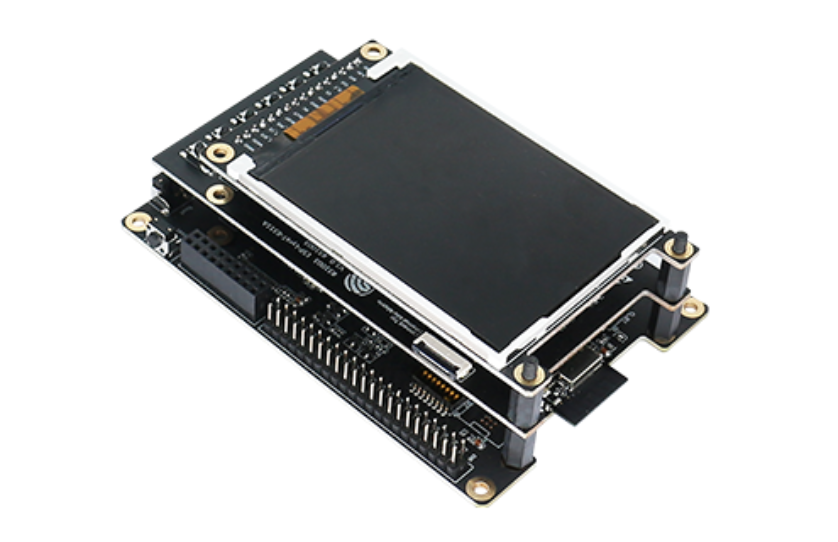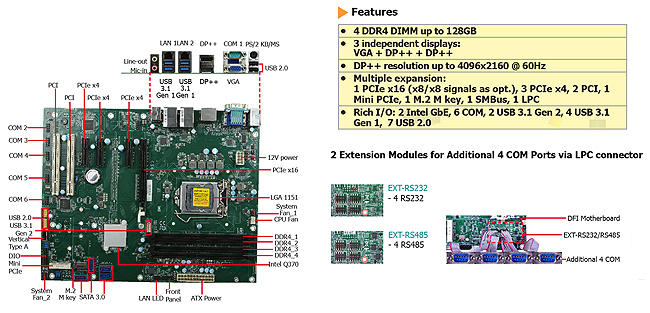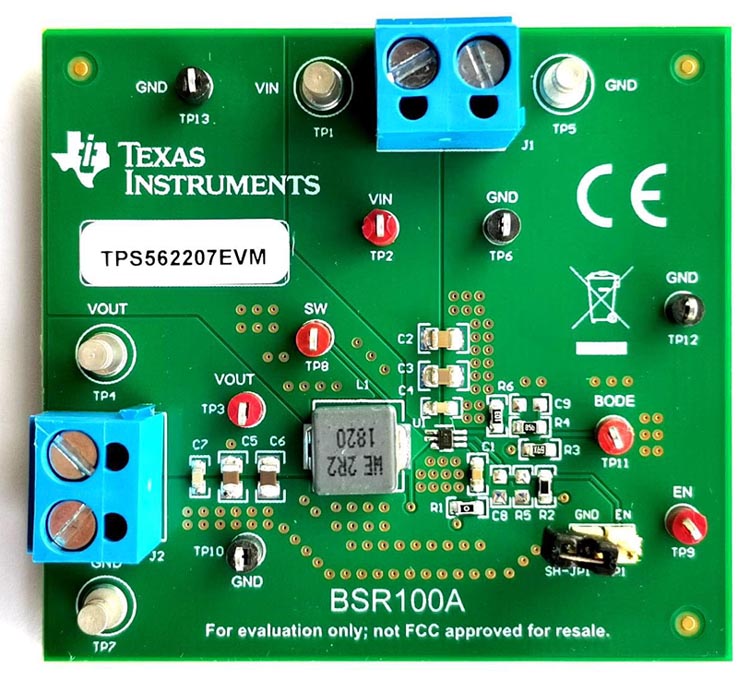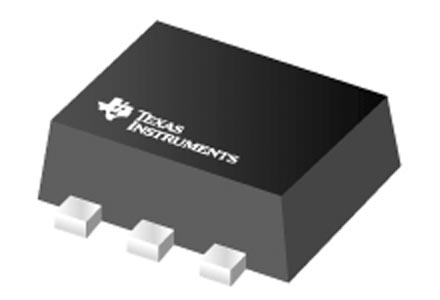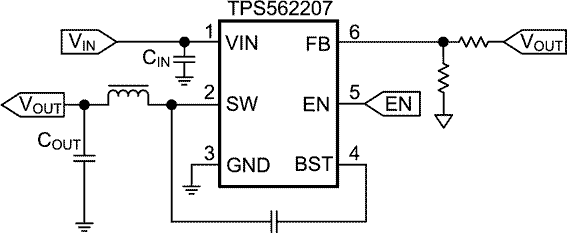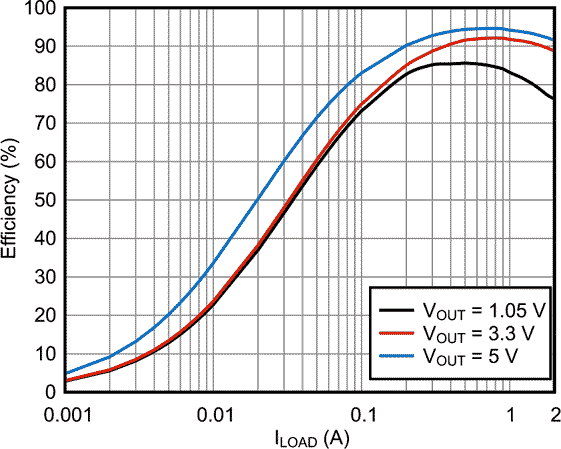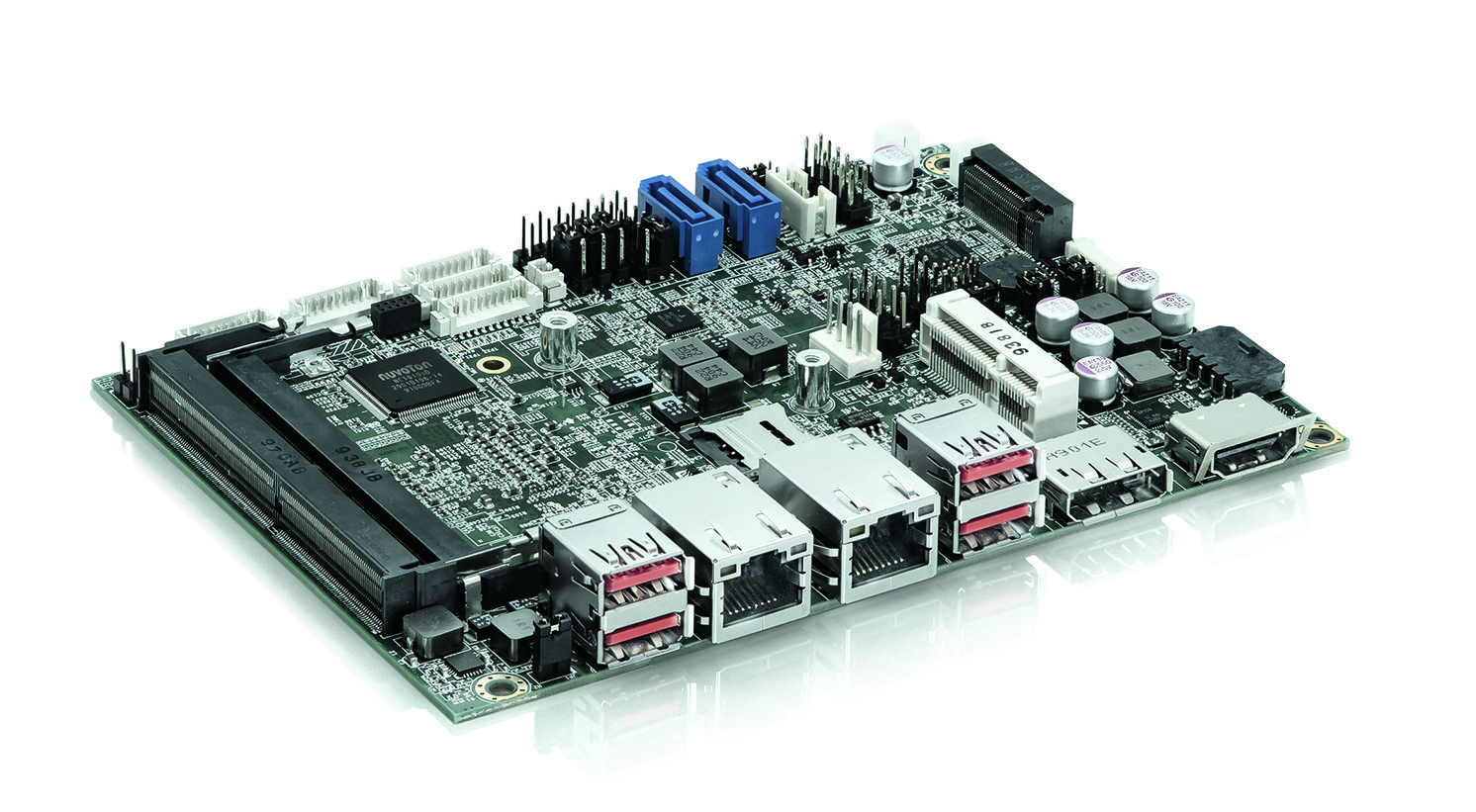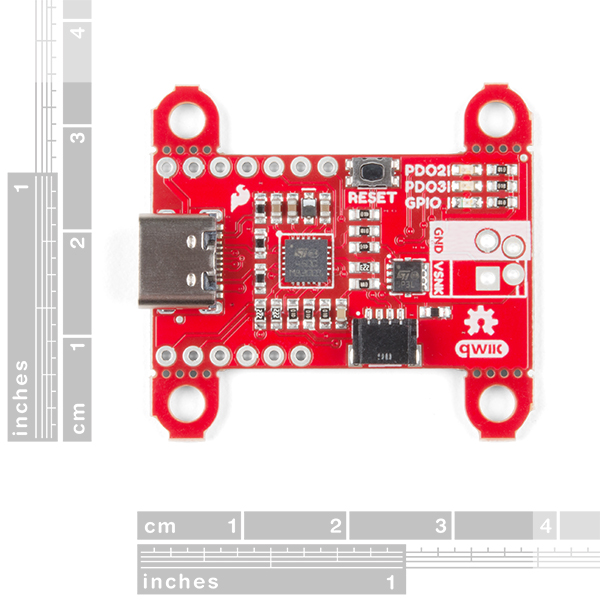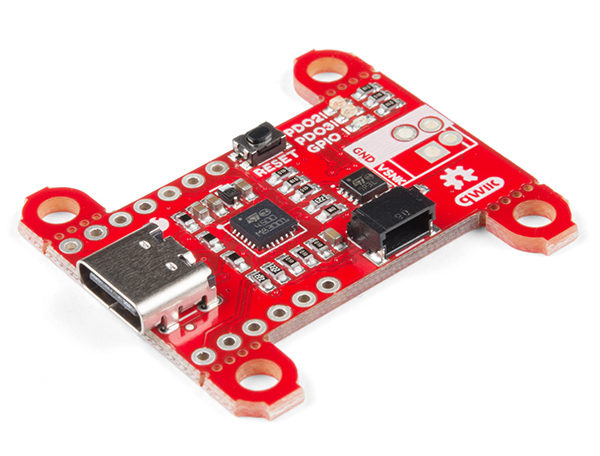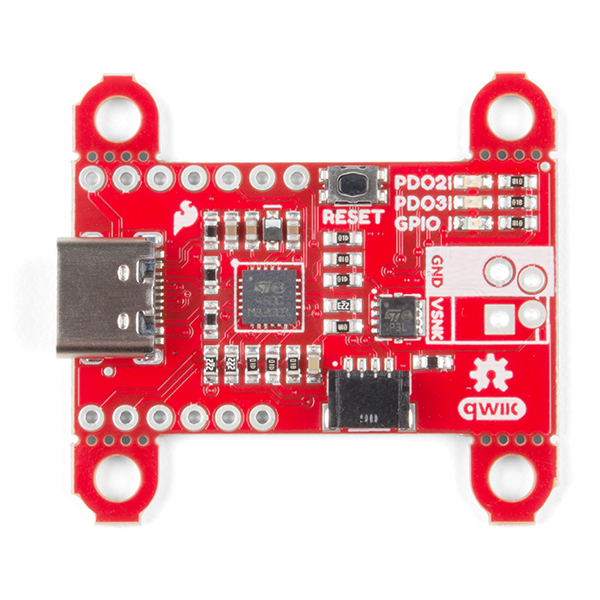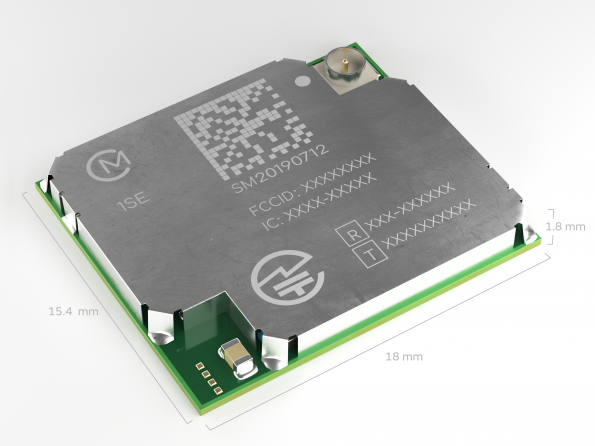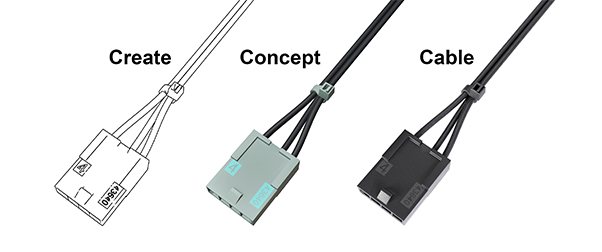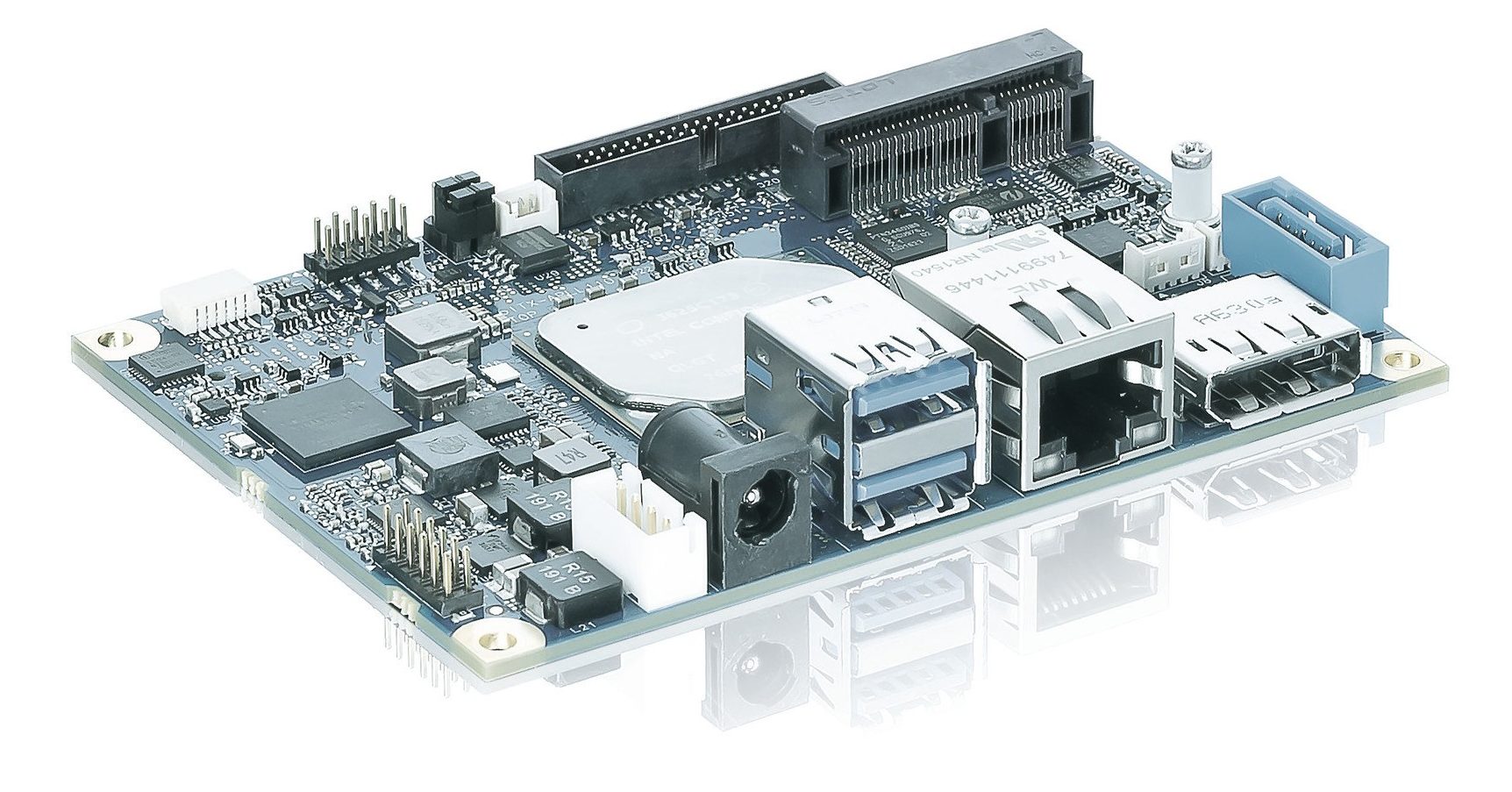Fingerprint Cards AB’s low-power, all-in-one module features market-leading biometric performance
Fingerprints’ FPC BM-LITE is a standalone, compact biometric fingerprint solution with a robust FPC fingerprint sensor, biometric process, and on-board template storage. It comes preloaded with software and ready to use at delivery. Integrating the FPC BM-LITE into a product as a biometric sub-system can greatly reduce time-to-market with an easy-to-integrate serial command interface and optional host CPU.
A complete biometric fingerprint solution, FPC BM-LITE is ready to use out of the box at delivery. Simple serial commands are used to enroll and verify. The FPC BM-Lite brings together superior biometric performance and a high standard of quality components to offer an all-round embedded solution for increased security and enhanced user convenience.
The FPC BM-Lite sensor has a protective coating that protects against ESD well above ±15 kV as well as against scratches and impacts from daily wear and tear. The FPC BM-Lite sensor is available as an IP class (waterproof) configuration making it suitable for demanding industrial conditions and all-weather applications.
- Verification mode: one-to-one / one-to-many
- False rejection rate (FRR*) 1.4% at false acceptance rate (FAR**) 1/500,000
- Number of users (template storage): 50
- Verification time: 0.4 seconds
- Interface: SPI/UART
- Dimensions (full module): 15 mm x 15 mm x 2.8 mm
- Power consumption active mode (capture): 12 mA
- Power consumption idle mode (sleep): 13 μA
- IPx7 classed
- Unique end-user features for excellent everyday use
more information: www.fingerprints.com


